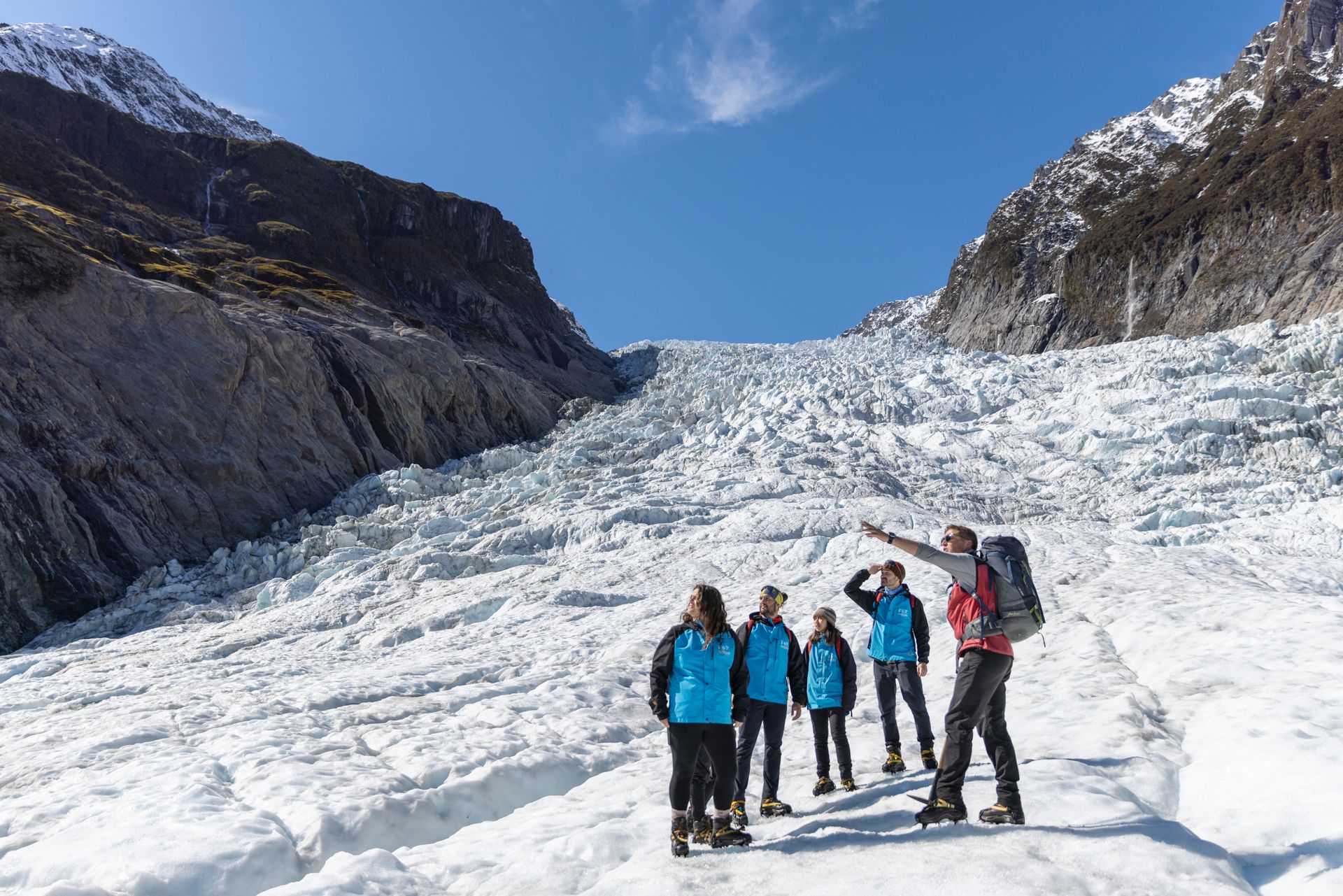From the Southern Alps to the volcanic peaks of the North Island, the peaks of New Zealand are a mountaineering dreamscape, whether your mountain activity of choice is rock climbing, ice climbing or alpine climbing. There’s even a mountaineer, and a mountain, featured on the New Zealand five dollar bill.

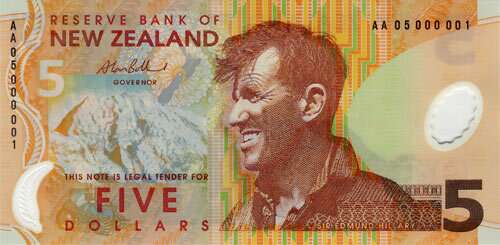
The best place in the world for mountaineering?
New Zealand climbing is world famous. There are a few reasons for this. For one, our mountaineers are world famous, especially Sir Edmund Hillary, who, along with Sherpa Tenzing Norgay, first knocked off the highest peak on earth and made it back down alive. Tenzing and Sir Ed’s 1953 accomplishment had a lot to do with solid organisation (the British expedition was mounted with military precision), experience (Tenzing had previously reached above 8,500 meters on Everest with a Swiss expedition, while Hillary had honed his skills exploring the snow and ice of the New Zealand alpine environments), and a fair bit of that belief in giving it a go that is a defining characteristic of the culture of Aotearoa New Zealand.
Sir Edmund Hillary is pictured on the New Zealand $5 bill, as is a mountain that helped define him and his climbing career, Aoraki / Mount Cook.
Bonus fact: One small step for which man?
When Tenzing Norgay and Ed Hillary returned from their world-first alpine climbing accomplishment, they refused to reveal which one the two had set foot on the mountain first, ensuring credit was shared, and that the Indian and Nepalese climbing community would be celebrated as much as the British and New Zealand climbing fraternity.
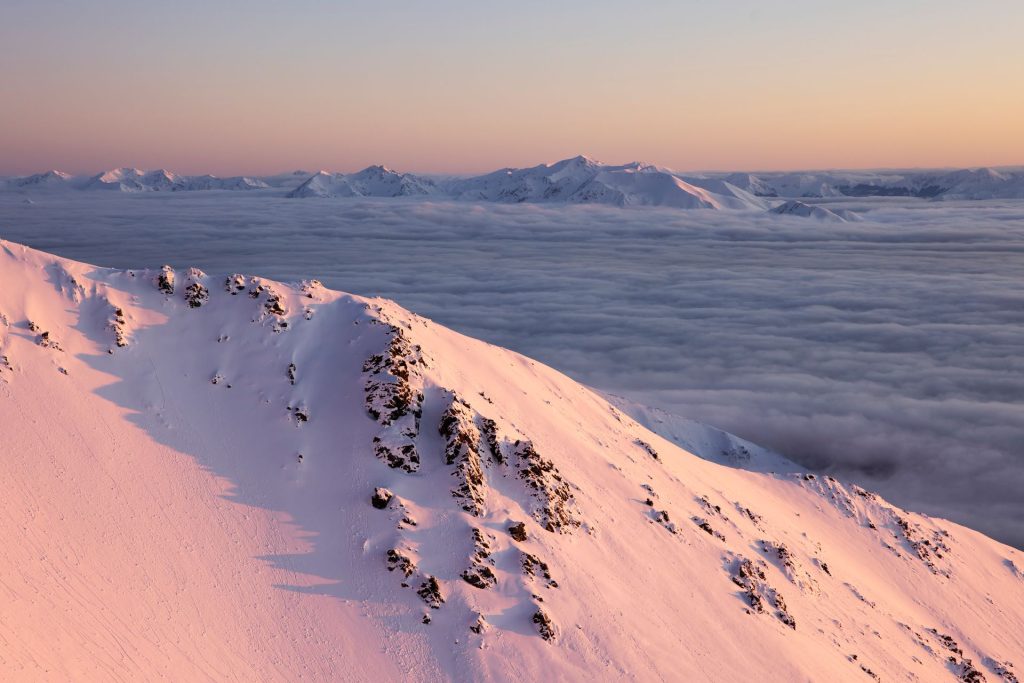
Does New Zealand have a lot of mountains?
Yes is does. In fact, much of the lower part of the country, from the bottom of the North Island to the southern of the South Island, is defined by a snow and ice tipped spine of mountain peaks that poke up like vertebrae, some of which off some of the best climbing and mountaineering in the world. In the North Island, the mountains of note are primarily peaks that jut up from the Volcanic Plateau and Tongariro National Park, while the peaks of the South Island are a result of the tectonic uplift that formed the Southern Alps.
The Southern Alps is, in fact, Australasia’s highest mountain range, a string of peaks running for 500 kilometres from Nelson down to Milford Sound. Highlights, from a climbing and mountaineering point of view, include Aoraki / Mount Cook, New Zealand’s highest peak at 3724 metres, incredible glaciers like Fox Glacier and Franz Joseph Glacier, and Mt Aspiring, a tooth-shaped mountain that is almost as well-known as Mount Cook.
Thanks to highlights like these, the New Zealand alpine environment is a wonderland for everything from ice climbing, to walking, to serious mountaineering, to signing up for a mountaineering course, to taking easy on a fully catered heli-hike.
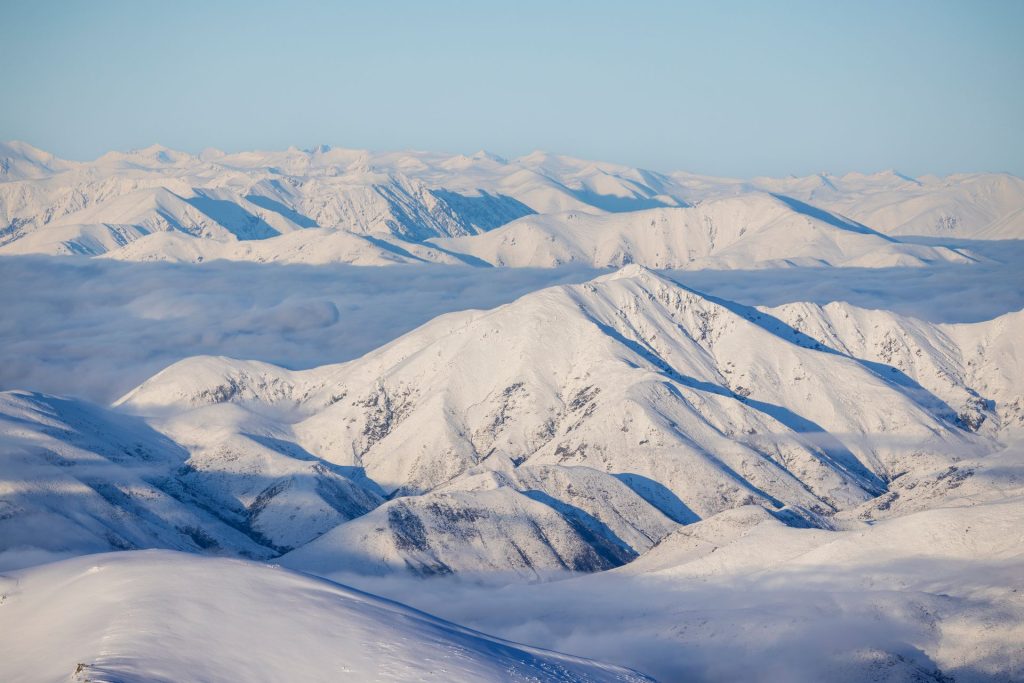
Bonus fact: A place made of mountains
Approximately one fifth of the North Island of New Zealand and an incredible two thirds of the South Island are mountains.
There must be a long history of mountaineering in Aotearoa New Zealand. Who first climbed Aoraki / Mount Cook?
The NZ mountain most associated with mountaineering in New Zealand is Mt Cook, the highest point in the country and a puzzle of alpine rock, snow and ice that has made is one of the most attractive peaks in the world for those in search of a mountaineering challenge.
The first recorded ascent of Mt Cook was the successful summit of the New Zealand climbing trio of Jack Clarke, Tom Fyfe and George Graham, who reach the top of the mountain on Christmas day in 1894. (Spare a thought for the Reverend W S Green, who twelve years earlier had come within 20 metres of the summit of the mountain. So close, but not close enough to become more than a footnote in the history of alpine climbing in New Zealand.)
Speaking of the history of mountaineering in New Zealand, Edmund Hillary also left his mark on the story of Mt Cook when he summited the mountain in 1948.
Bonus fact: There’s more than one way to dress for climbing a mountain.
The first woman to reach the top of New Zealand’s highest mountain was the completely epic Freda Du Faur. Known for her exceptional rock climbing skills and climbing fitness, Freda undertook the climb wearing a skirt over her knickerbockers. You can visits the boulder named for her, ‘Freda’s Rock’, on the Hooker Valley Track in Mount Cook National Park.
Where is the best place to try New Zealand mountaineering?
Whether you are new to climbing, or a mountain veteran experienced in the art of navigating alpine rock, ice and snow, the NZ mountains offer a range of challenges whatever your climbing goals. There are outdoor education centres located around New Zealand offering instruction, guiding and equipment for hire. Here are some of the best places to try mountaineering in New Zealand.
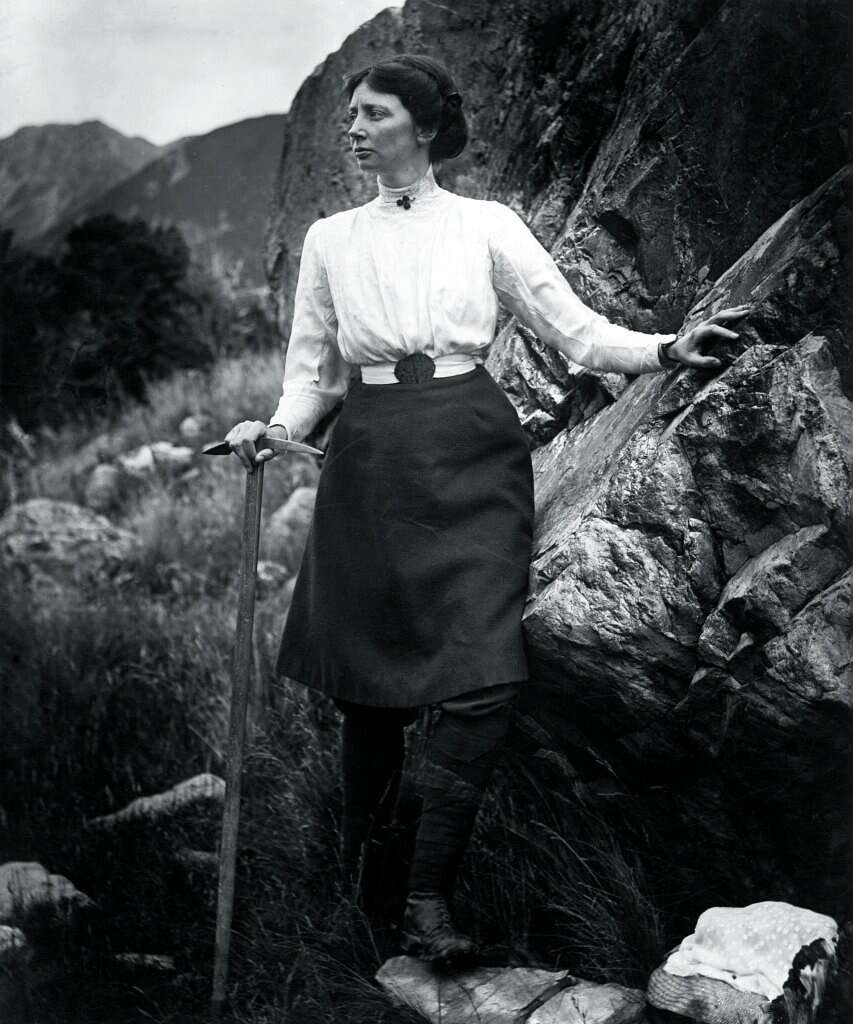
Tongariro National Park
The first national park in New Zealand, Tongariro was established in 1887, when Te Heuheu Tukino IV, Paramount Chief of Ngati Tuwharetoa, gifted Mount Tongariro, Mount Ngauruhoe and part of Mount Ruapehu to be held in trust by the people of New Zealand. It’s an alpine and thermal dreamworld, and an ideal place to take your first mountaineering course, with easily-accessible terrain like the landscapes and small mountains on the Tongariro Crossing, ideal for having a go on crampons and honing your ice axe skills.
Arthurs Pass National Park
Located in inland Canterbury, the hills of Arthurs Pass are characterised by deep gorges, beech forest and shingly scree slopes, as well as excellent skiing and climbing terrain about the snow line. Don’t miss the engineering feat that is the Otira viaduct – it negotiates the Otira Gorge, which was so vertiginous the early surveyor Arthur Dobson had to lower his dog into the pass with a rope.
Aoraki / Mount Cook National Park
This is the nerve centre of the New Zealand alpine scene, the place to go whether you want to take a mountaineering course, join a guided backcountry trip, stay in a classic hut, or have a go at ice climbing. It’s all your alpine adventures rolled into one place, soundtracked by the booming of avalanche activity and glaciers calving in the distance.
Mount Aspiring National Park
Mt Aspiring National Park offers 3562 square kilometres of rivers, mountains and walking tracks, with entry points from the South Island hot spots of Wanaka, Queenstown and Te Anau. There are a range of courses and guided ascents offered in the region, including of Tititea / Mount Aspiring, an iconic peak known as the ‘Matterhorn of the South’.
Fiordland National Park
New Zealand nature at its best, Fiordland puts the “r” in remote, and the “s” in steeps, with terrain known for precipitous slabs and exposure and lots of rock – you’ll want to have good rock climbing skills to take on the mountains in this part of New Zealand. And be ready for some weather – an average of seven metres of rain falls in Fiordland each year.
In conclusion, the mountains of Aotearoa New Zealand are:
Challenging, beautiful, accessible, unusual, and some of the best on earth. Give in to mountain madness and get amongst it!
